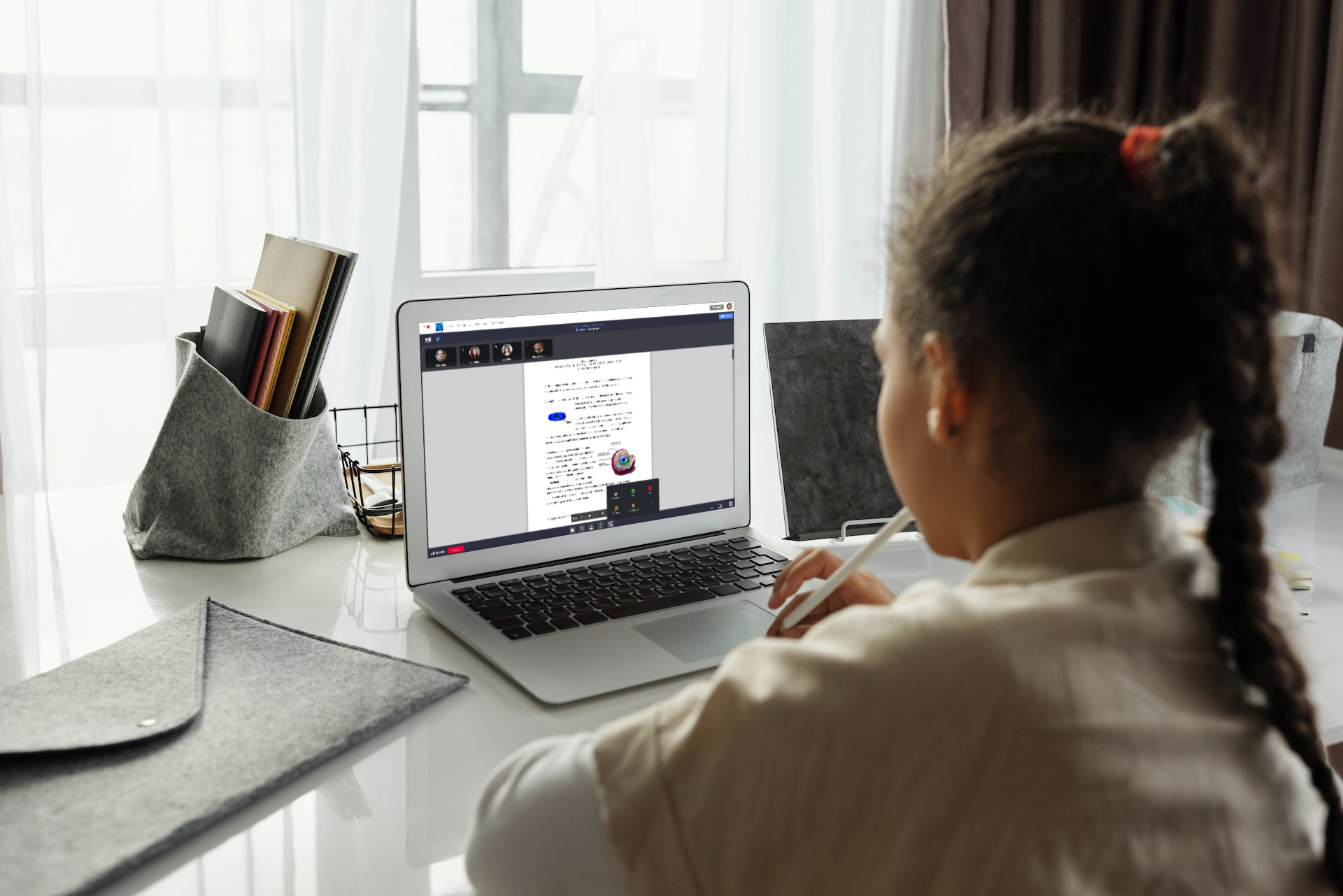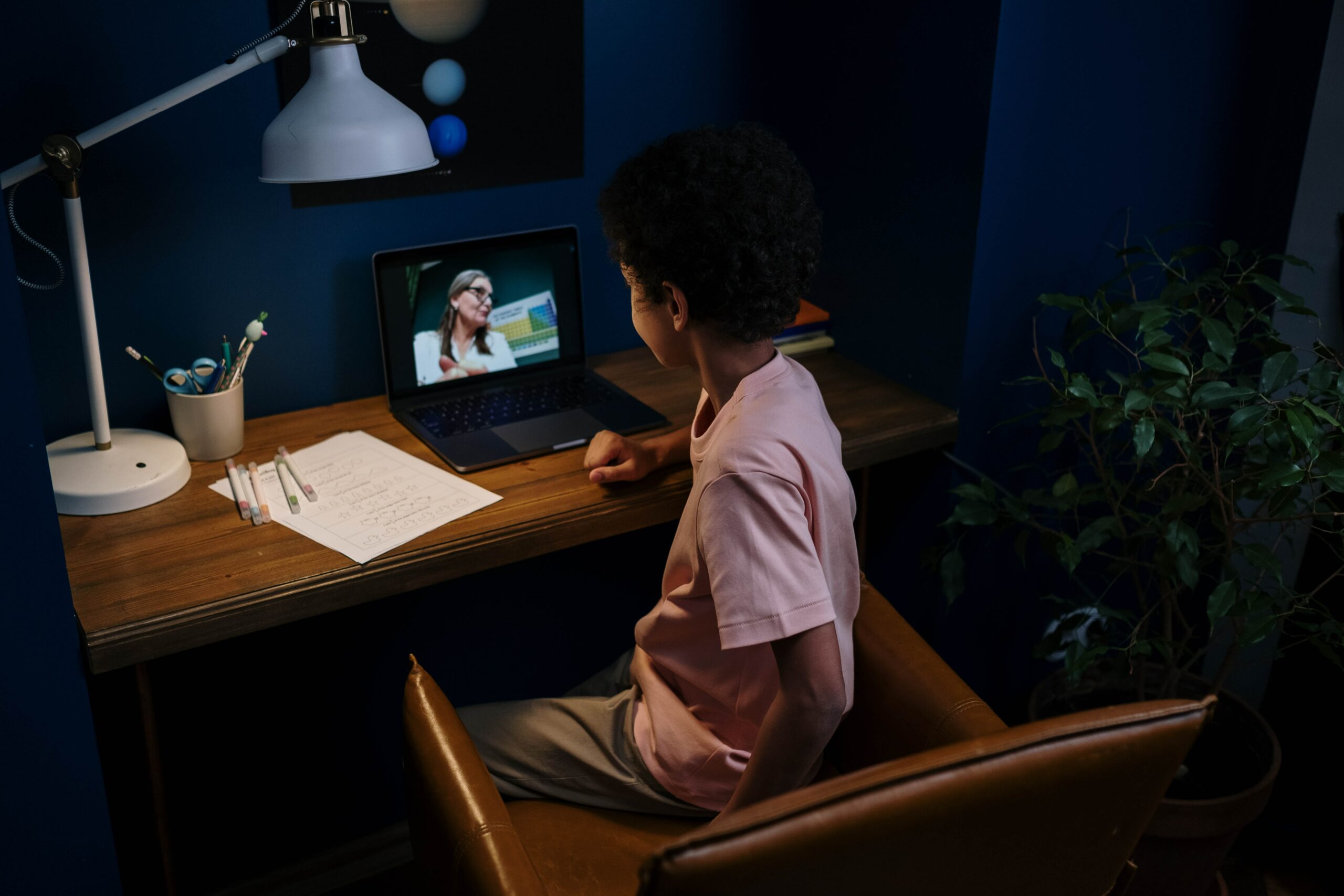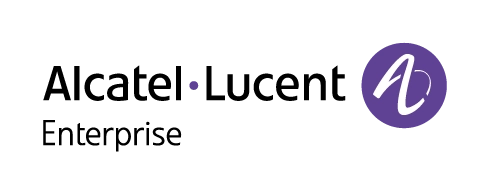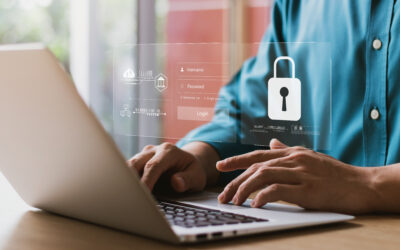As the world slowly recuperates from the damages done by Covid, new wounds are torn open by war and natural disasters, which may call for remote learning again. The world doesn’t stop turning, however. Young, bright minds and seasoned veterans alike are looking to both learn new things and exchange their experiences regardless of what the state of the world is. Education and perseverance have helped mankind build civilisation throughout the ages and once more it remains unshaken. Albeit the trend for remote learning did suffer a minor setback, it is far from done. We need to embrace it for its instrumental role in modern education – being able to cater to audiences otherwise unreachable by your everyday means and in your regular classroom. Having said that, pros rarely come without any cons. In today’s article we’ll explore what remote learning is, how it fares against traditional in person learning and if it is going to keep gaining in relevance this year.

What is remote learning?
Acquiring knowledge, exchanging experiences and indulging in quality social interaction are all activities remote learning encompasses. What sets it apart from traditional learning, however, is the way lectures and interactions are delivered – namely from a distance. To achieve this, you may use any medium you find suitable to support knowledge transfer: by phone, an audio or video web conference, a web portal or even pigeons. What’s important is that it isn’t taking place in a classroom with other people. The teacher and student relationship is put to the test by being in two separate locations.
Remote learning is further divided into two categories: active and passive learning. Active learning is when teacher and student collaborate in real-time using a communications platform or any other device enabling them to communicate directly and personally. Passive learning is when learning sessions are pre-recorded and delivered to the audience via a web portal or a set of audio/video snippets. The latter is a lot less inclusive and, most of the time, less effective than the former one, due to the lack of human presence. Passive remote learning does have its benefits compared to active remote learning, though. If you need to quickly deliver educational content to a large audience, without the need to dive deep, passive learning is the better fit. Examples of this would be launching a new software, updating your staff on the new car policy, or updating your students on new school regulations. In all other scenarios active learning comes out on top.
There are obviously many different approaches to active learning, but we personally decided to go for a collaborative online learning environment (COLE for short) approach, as it best reflects our values. This is why Rainbow Classroom is such a unique solution dedicated to online learning, but you can learn more about that if you visit our virtual classroom system page.
COLE focuses on creating an e-learning environment in which students can thrive by socially interacting with both each other and the instructor in real-time. This helps recreate the physical classroom experience in cyberspace, allowing for a more natural absorption of knowledge as well as adding a little bit of human touch to the online lectures.

Is remote learning effective compared to traditional learning?
When it comes to a comparison between remote and traditional learning, most of us think traditional face-to-face learning is more effective – and with good reason. In many cases this holds true. Especially in lower grades students tend to learn more effectively in physical classrooms. That’s exactly why it is paramount for online learning platforms to replicate the physical classroom experience as much as possible. We made huge leaps toward this by equipping teachers with all the tools they could possibly need in a classroom, but with the ability to do it remotely. The advantage of this is that you still get to keep your normal, everyday social interactions coupled with the possibility to oversee student performance in real-time. There will never be the same level of inclusion you get when you have a teacher literally breathing down your neck, but Rainbow Classroom comes pretty close to that. Furthermore, when trying to replicate a traditional learning experience in an online environment, you also need to think of how you can turn it into a hybrid learning platform when and if necessary. The two worlds need to successfully blend in without any one side getting the shorter end of the stick.
Studies have shown that traditional learning still has an edge over remote learning mostly because of the lack of social interaction and a growing emotional detachment students tend to evolve over time, impacting their motivation, and, ultimately, their performance. By being able to replicate the regular social interaction of a classroom, this gap is mostly bridged and shouldn’t proclaim a danger anymore. Most of the studies have also been done during a time when Covid was fresh, people were forced to live in solitude and a generally grim mood was spreading between them. While these surely aren’t the only culprit, we can safely assume the impact it had on the overall situation, leaving a potential stain on those studies.
While we can’t say that remote learning is more effective than traditional learning in general, it is safe to say that it is more effective in tertiary education and professional certification, while traditional learning fares better in primary and secondary education. If done right, however, most of the time the two approaches can be interchangeable.
The reason why traditional education works better for primary and secondary stages is that students in these stages tend to need a hands-on approach to learning, more social interaction, and nurturing.
What are the advantages of remote learning versus in person learning?
Since we’ve already established that both remote and in person learning have their benefits and work well in different scenarios, let’s focus on what the advantages of remote learning are compared to its on-site counterpart.
For starters, remote learning isn’t location bound. It can be held anywhere, which makes it relatively cheap compared to in person learning, where you need to pay rent or purchase a building and pay the bills for it. What you’re paying for is a license or subscription for a Software as a Service (SaaS) delivered from the cloud. This means that, aside of the subscription, you also need a device supported by the software. No worries – the software is usually designed to run on most devices, so you’re covered. Ideally, you won’t need to install or launch a third-party application – a simple web browser should suffice. All of it should be launchable directly from your learning management system (LMS) if you have one. This saves you some big bucks. It also improves your return on investment (ROI) by removing obstacles such as cities, regions, countries or even continents. The whole world can take part in your courses if you want them to.
Remote learning is convenient. Building on the premise of not depending on a location, this also means no travel time, which means no traffic and no transportation cost. It also means listening in to classes while sipping on an alcohol-free cocktail on Bali. Or while alligator wrestling in the Everglades. Now, that’s what I call interactive learning! Being so convenient, it also doesn’t force you to buy fancy equipment because it could theoretically run on a calculator, provided it has a big enough screen and a camera. Okay, I’m exaggerating now, but you get the point. Remote learning also provides more flexibility when it comes to scheduling classes. It isn’t bound to time zones or any kind of institutional limit. You could also schedule quizzes in more than one slot, enabling students to pick what best fits their time plan.
Remote learning provides a higher retention rate of freshly acquired knowledge. To all of our surprise, studies have shown that this seems to be due to more frequent and detailed 1-to-1 conversations between student and teacher. Since teacher consultations mostly happen outside of the virtual class, this allows for more flexibility and time when scheduling these meetings, resulting in a more enunciated bond between teacher and student, a heightened inquisitiveness as well as a more dedicated educational support.

Can remote learning replace traditional learning?
The quick answer is that in the foreseeable future – it can’t. There are two simple reasons. First, most humans crave personal social interaction as the last couple of years in isolation have shown us, and second, a global shift in perception and acceptance of remote learning platforms needs to happen. Until then, remote learning will remain a lifeline in times of crisis and an alternative in times of tranquillity. It has its niche use-cases where it excels compared to traditional learning, but for the majority of schools it will remain a tool used only when conventional methods don’t work.
Will remote learning continue gaining relevance in 2023?
After witnessing a sudden boom between 2020 and 2022, remote learning will definitely continue gaining relevance in 2023 and well past it. Many educational and professional training organisations have either shifted their entire curriculum or at least part of it to a remote learning approach. The number of organisations offering it as an alternative or in some form of a blended or hybrid learning experience has risen exponentially as well. We cannot expect remote learning to continue its booming performance of the past years but it will certainly keep part of the prior momentum. In part due to organisations establishing backup plans in case a new crisis arises, as they weren’t prepared for the first one, and in part to offer a more inclusive and immersive user experience.
Education should be affordable and attainable for everyone, without unnecessary restrictions and boundaries. Offering the full or only a part of a curriculum remotely drastically raises the chances for lots of students around the globe to acquire the education they might’ve otherwise missed, while at the same time reducing cost and making education more affordable. A third benefit is, and you may already have guessed it, future-proofing your curriculum, as well as making it more sustainable and rigid.
Toni Galo
SaaS Product Marketing Manager
Toni has a decade-long track record in marketing, specialising in content marketing strategy and execution. While a big chunk of his experience revolves around cloud & communication, he’s distinguished himself in other fields as well, such as managing the development and go-to-market of financial news applications and helping Californian business brokers successfully create personal brands. Today he’s a SaaS product marketing manager for Alcatel-Lucent Enterprise, ensuring cross-divisional content excellency on a global scale.





